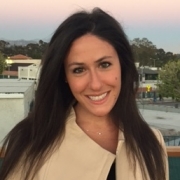By Lara Drasin
UCLA Master of Social Science 2018
Every day we’re influenced by the news, television and the movies we watch, and even family legends and community lore. In writing my master’s thesis, I wanted to understand: what exactly is it about a narrative that can be so powerful? What are the key elements – the magic ingredients – that touch people on a core level?
I started researching persuasive mass communication but soon realized I needed to understand its foundation, which is narrative. And, apparently, the most effective narratives have mythological dimensions. So to understand what makes a story powerful, I needed to understand myth. A “myth” is a very simple story that is encoded with the values of a society.
We see this in political communication: politicians often rely on simple messaging that resonates deeply with people as being “true,” even if those messages are not actually based in fact. And as it turns out, at the center of myth is our ideology: our beliefs and the way that we see the world. I started to wonder: what does that look like today? What is a “modern myth?”
I didn’t mean to get into politics with this project, but as I moved from narrative to myth to ideology, I soon realized it was unavoidable. Stories influence and reflect the way we think society should be, which sounds a lot like politics to me.
I needed to understand political ideology, and what factors influence how each of us develops the internal narratives that correlate with our ideological beliefs. In this case, political narratives are ongoing stories that each side tells about an issue –how they understand and describe it; who their heroes and villains are.
So, where could I go to find people sharing the opinions and stories that help explain their political decisions?
Twitter: the modern public square.
I decided to look at the stories we tell around guns in our society on social media, since guns are, according to the Pew Research Center, arguably the most politically and ideologically polarizing subject in the U.S.
I analyzed a sample set of pro and anti-gun control tweets, looking for the values prior research associates with liberals and conservatives. The theories I used were:
- Linguist and political philosopher George Lakoff’s theory that we unconsciously view the nation as a family, and that conservatives tend to value strict “parenting” styles, whereas progressives tend to value more nurturant “parenting” styles.
- Political scientist Nicholas Winter’s assertion that we unconsciously cognitively pair liberal values with stereotypically feminine characteristics and conservative values with stereotypically masculine characteristics.
- Moral Foundations Theory (MFT), which isolates 5 core values: Care, Fairness, Loyalty, Authority and Purity, and says that liberals are driven most by Care and Fairness, while conservatives are also driven by Loyalty, Authority and Purity (which they sometimes elevate above the others).
All 3 theories pretty much tracked. But there were 2 “wild card” findings I did not expect:
- The concept of authority showed up as much in liberal tweets as conservative tweets. However, that could be because on Twitter, people are trying to impact others’ views, so their tone will be more authoritative. If I had more time, I would analyze other forms of media, like news articles, to see whether the tone changed with the medium.
- The other wild card was the moral foundation, “Care.” Care shows up on both sides, most often in the form of “defense,” but is expressed differently. Liberals expressed concern for the safety of schoolchildren. Conservatives expressed the importance of self-defense, defense of one’s family and the 2nd amendment. This finding suggests that the differences in values systems may lie even deeper than we think, beneath the bedrock of language and understanding. It would be interesting to take a closer look at these distilled moral values like “care” and “loyalty” to see how, in an unexpected reversal, one’s values can actually dictate their meanings, instead of their meanings explaining one’s values.
My research has fueled my desire to further examine how the values encoded in the narratives we share on social media, in the news and entertainment, reflect and reinforce our worldviews. I truly believe that if we are more tuned in to this as a society, we can more consciously teach and learn media literacy, co-create new myths, and overcome polarization.
Lara Drasin is a communications and creative impact strategist, writer and 2018 graduate of UCLA’s Master of Social Science (MaSS) program. She (clearly) is on Twitter, @laradras.
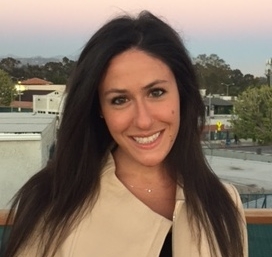


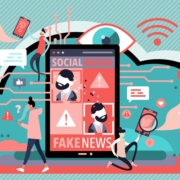
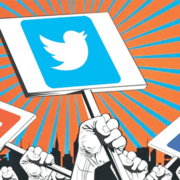




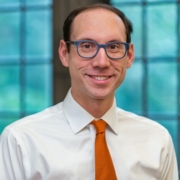


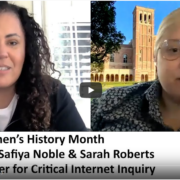
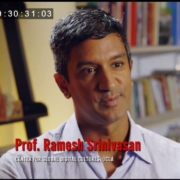
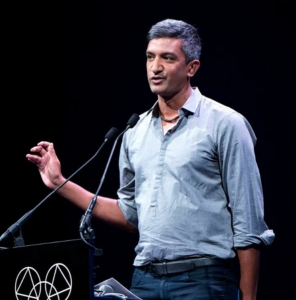 Dr.
Dr. 

